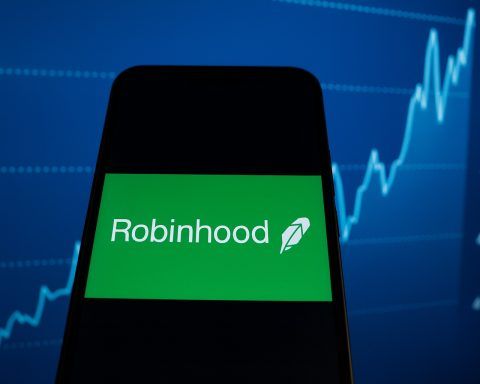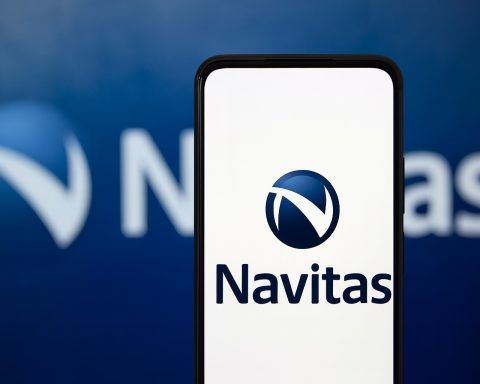بررسی کلی از اتصال دیجیتالی در مالزی
مالزی از نفوذ بالای اینترنت و زیرساختهای دیجیتالی مدرن برخوردار است. از سال ۲۰۲۲، حدود ۹۷٪ از افراد در مالزی کاربران اینترنت بودند [1]، با تقریباً ۹۶.۹٪ از مناطق پرجمعیت توسط خدمات موبایل 4G پوشش داده شدهاند [2]. دسترسی به اینترنت تقریباً در شهرها و شهرستانها همهگیر شده است، با رشد گستردهای در پذیرش پهنباند موبایل و شبکههای فیبر نوری. ابتکار Jalinan Digital Negara (JENDELA) دولت (۲۰۲۰–۲۰۲۵) از بهبودهای کلیدی بوده است – فاز ۱ (تا ۲۰۲۲) بیش از اهداف تعیینشده، با گسترش 4G تا ~۹۷٪ پوشش جمعیتی و پهنباند فیبر نوری تا ۷.۷۴ میلیون فرصت [3] پیشرفت کرده است. تحت فاز دوم JENDELA، مالزی در حال سرمایهگذاری بیشتر در زیرساختهای دیجیتال برای رسیدن به مناطق کم سرویسدهی باقیمانده است، و هدف بر ۱۰۰٪ پوشش اینترنت در مناطق پرجمعیت تا پایان سال ۲۰۲۵ قرار دارد [4] [5]. در کل، اکوسیستم اتصالات مالزی قوی و به طور مداوم در حال بهبود است، و آن را به یکی از کشورهای متصل به دیجیتال در جنوب شرق آسیا تبدیل کرده است.
…References
1. freedomhouse.org, 2. freedomhouse.org, 3. soyacincau.com, 4. soyacincau.com, 5. www.malaymail.com





